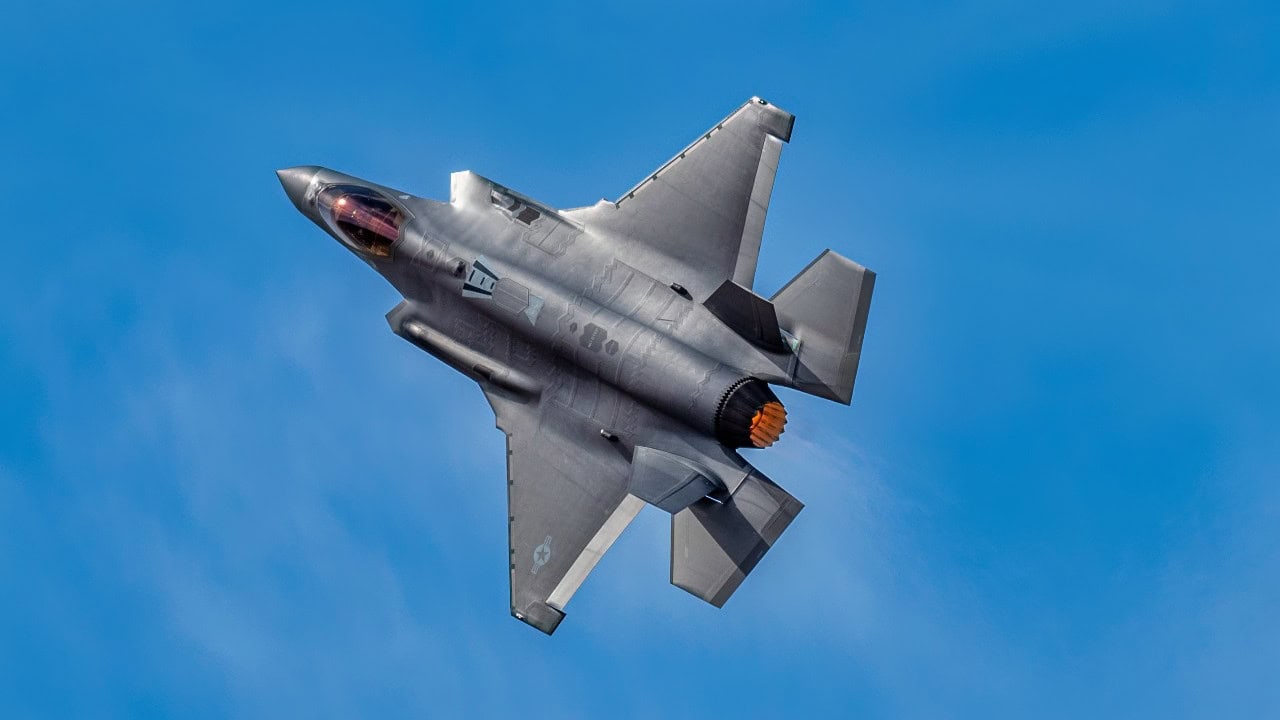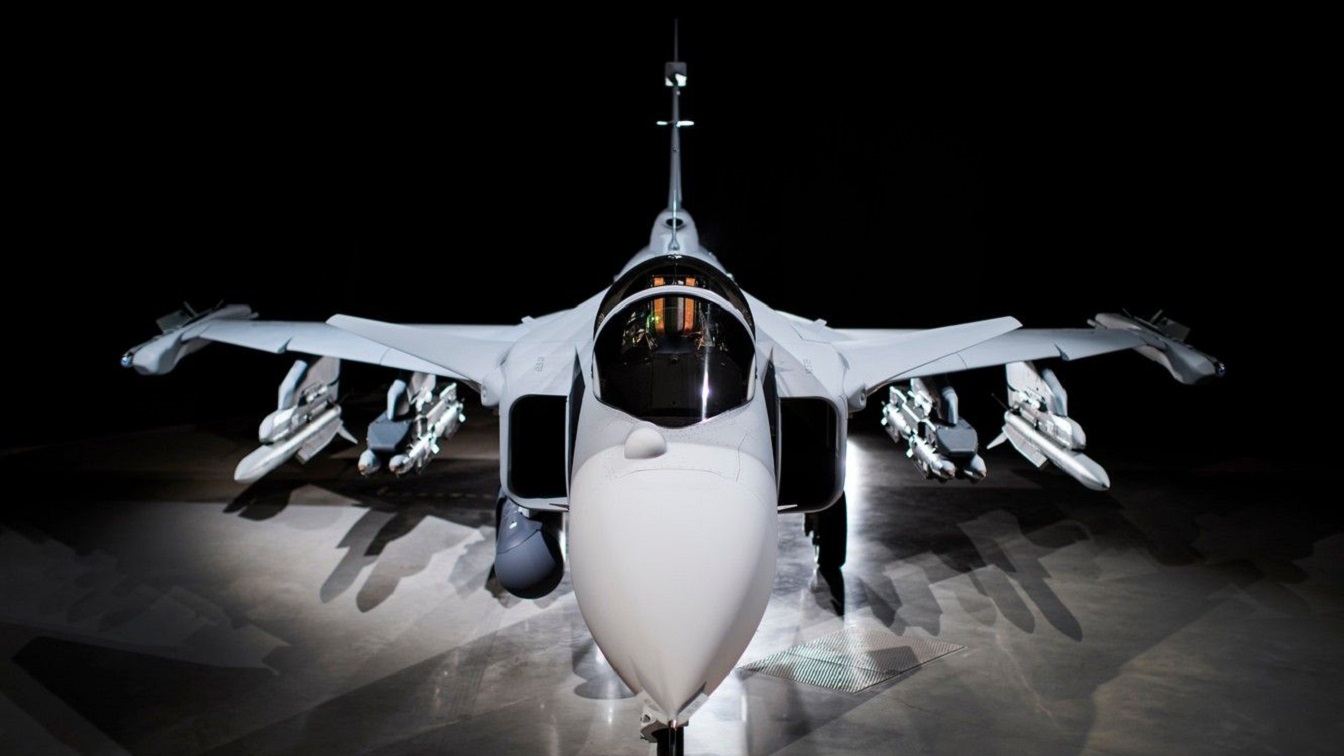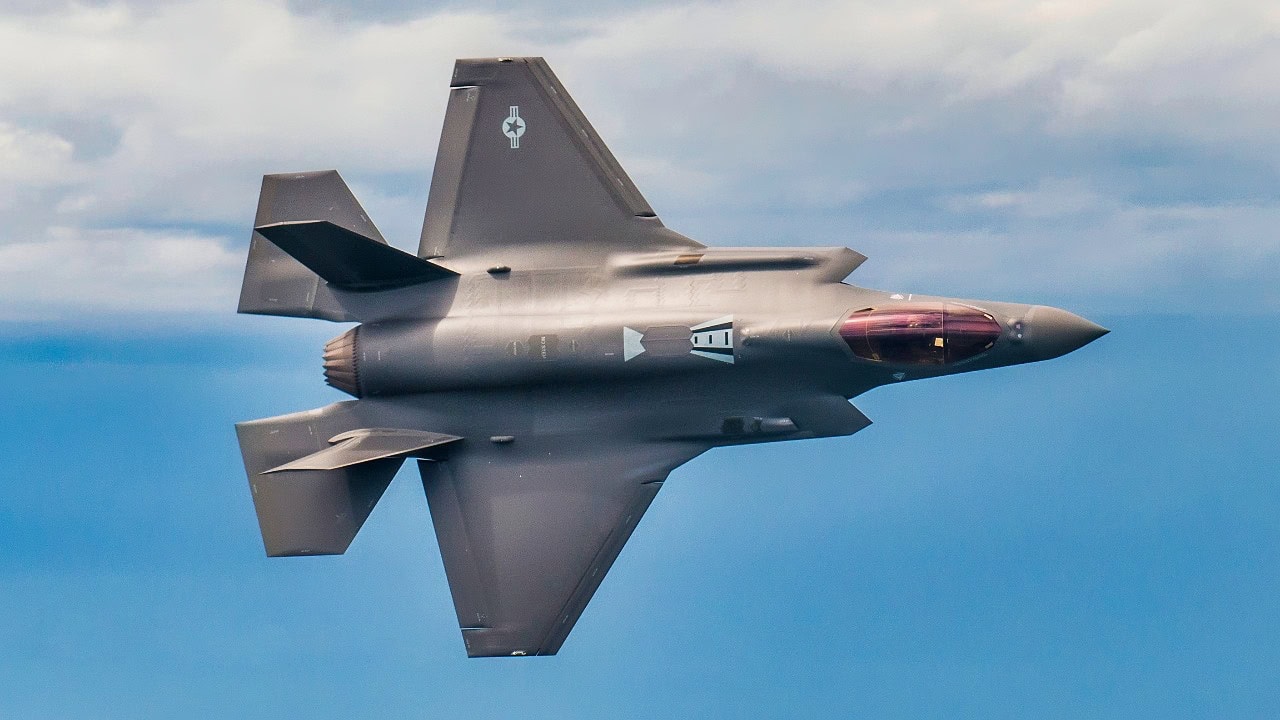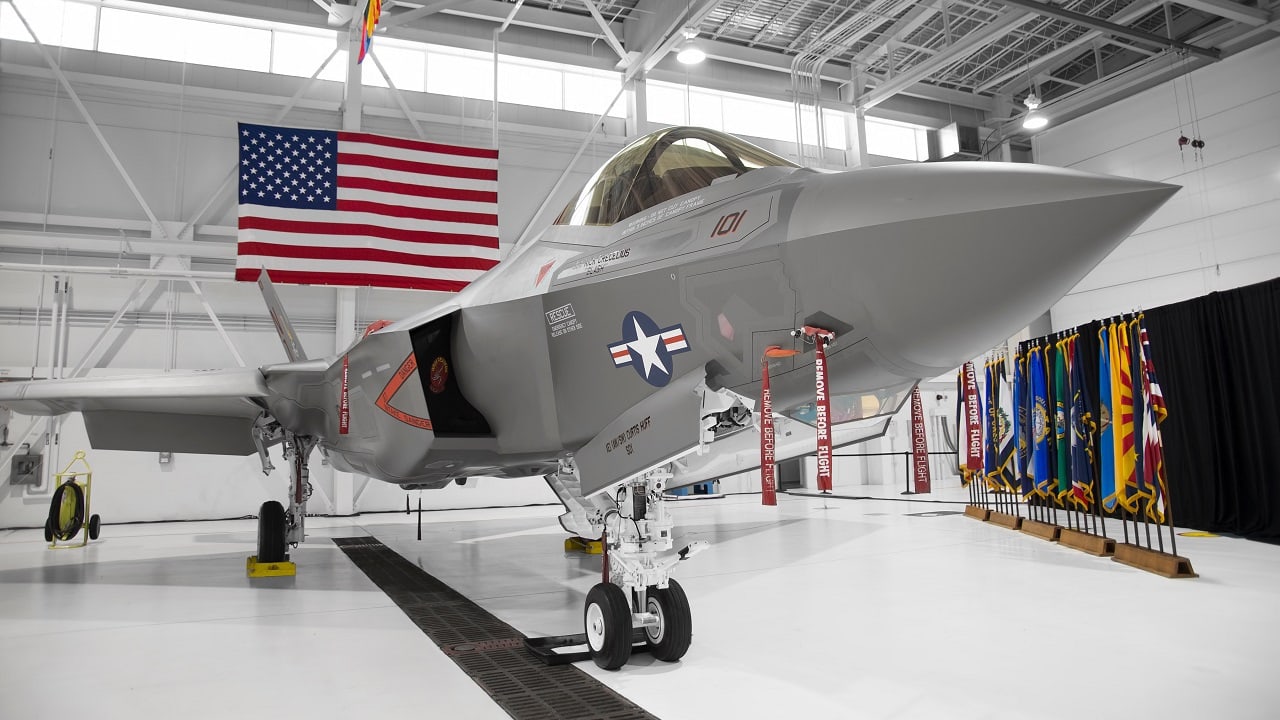Relations between the United States and Canada have been on a downward spiral ever since U.S. President Donald Trump took office in January. With Trump threatening to annex parts of Canada, and imposing tariffs against the country, Canada has recently started to look for new partners to supply its armed forces.
Most recently, Canada has been reconsidering its order of F-35 fighters from the U.S. and could end up canceling the procurement entirely.
Canada’s Role in the F-35 Program
Canada’s involvement in the F-35 program dates back to 1997, when it joined the Joint Strike Fighter project as an “informed partner.” This initial participation required a $10 million investment, allowing Canada to be part of the evaluation process. Over the years, Canada committed additional funds to the project, becoming a level-three participant alongside countries such as Norway, Denmark, Turkey, and Australia.
In 2010, then-Prime Minister Stephen Harper’s Conservative government announced its intention to procure 65 F-35s to replace Canada’ aging CF-18 Hornets. The decision was controversial, especially considering the price tag and the sole-sourced nature of the contract with Lockheed Martin.
The estimated cost of the procurement was $9 billion, with ancillary costs bringing the total to $16 billion. Critics at the time argued these estimates were exaggerated, and that they included costs such as pilot salaries and fuel that are not typically considered part of a procurement.
The F-35 became a major political issue in Canada, contributing to a vote of no confidence in 2011. The procurement was labeled a national fiasco by the media after a highly critical Auditor General report in 2012, but the Conservative government continued to push for the F-35 purchase—although it did not feature prominently in subsequent election platforms.
Why Canada Wanted the F-35
In January 2023, the Canadian government went further, confirming a decision to procure 88 F-35A advanced fighter aircraft. This decision was one of the most costly investments by the Royal Canadian Air Force (RCAF) in more than 30 years, as high as $19 billion, and it followed a competition among various aircraft models.
The first tranche of 16 aircraft is expected to be delivered starting in 2026, with the full fleet arriving by 2032. This gradual transition will allow the RCAF to phase out its CF-18s while maintaining its air defense capabilities.
In the interim, Canada has procured Australian F-18s to supplement its existing fleet, and will extend the life of its CF-18s through the Hornet Extension Project.
Politics vs Defense Needs
In light of recent tensions between Canada and the Trump administration, Canadians are expressing fresh doubts about the procurement. Canada’s new Prime Minister, Mark Carney, has asked Defense Minister Bill Blair to review the purchase of America’s F-35 fighter jet to see if there are other options “given the changing environment.”
The deal has not yet been scrapped, but the government needs to “make sure that the contract in its current form is in the best interests of Canadians and the Canadian Armed Forces,” a Canadian Defense Ministry spokesperson said.

A U.S. Air Force F-35A Lightning II aircraft flies during the Heritage Flight Training Course at Davis-Monthan Air Force Base, Arizona, Feb. 28, 2025. The F-35 is designed to provide the pilot with unsurpassed situational awareness, positive target identification and precision strike in all weather conditions. (U.S. Air Force photo by Senior Airman Jasmyne Bridgers-Matos)
Despite Carney’s skepticism of the F-35 order, some in the public and private sectors still argue in favor of the deal. According to an article by the Ottawa Citizen, many officials in the RCAF are still in favor of the F-35 and hesitate to even consider altering the order.
The head of Canadian jet manufacturer Bombardier Inc. raised concerns about the consequences of abandoning the F-35. Canadian industry relies heavily on the U.S. for business. If Canada steps away from the F-35 order, the U.S. may consider taking similar measures against Canadian manufacturers, which would significantly harm those businesses.
The F-35 Has No Equal
Replacing the F-35 is no small task. The Lightning II is considered the most advanced fighter aircraft on the market, offering superior Intelligence, Surveillance, and Reconnaissance capabilities. Its interoperability with Canada’s allies, such as the United States and other NATO member-states, is a crucial factor in the decision to procure these jets.

JAS 39. Image Credit: Creative Commons.
Given the current global security environment, including Russia’s actions in Ukraine and China’s assertiveness in the Indo-Pacific, the F-35’s capabilities are vital for Canada’s defense strategy.
There are a couple of alternatives Canada could consider. Some examples include the Swedish Saab Gripen or the French Dassault Rafale. Both of these fighters are fourth-generation multi-role aircraft that offer a range of advanced capabilities at a lower price. However, the F-35 outperforms all other options. The only downside is its steep price tag.
Canada has a tough choice ahead. It can cancel the F-35 deal and risk the U.S. canceling deals with Canadian businesses—all while losing the Lightning II’s advanced capabilities. Or it can continue with the deal and accept the high cost to acquire the fifth-generation fighter. Politics will likely be a major factor.

F-35 Fighter. Image Credit: Lockheed Martin.
With the U.S.’ reputation at an all-time low among NATO allies, Canada may drop the F-35 to make a political statement, whether or not it hurts Canada’s already weakening defense forces.
About the Author:
Isaac Seitz, a 19FortyFive Defense Columnist, graduated from Patrick Henry College’s Strategic Intelligence and National Security program. He has also studied Russian at Middlebury Language Schools and has worked as an intelligence Analyst in the private sector.

